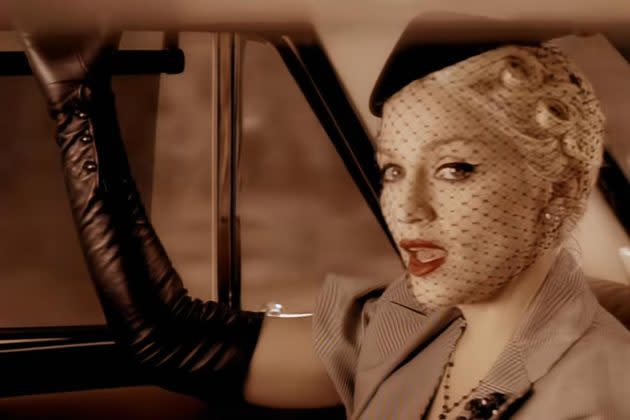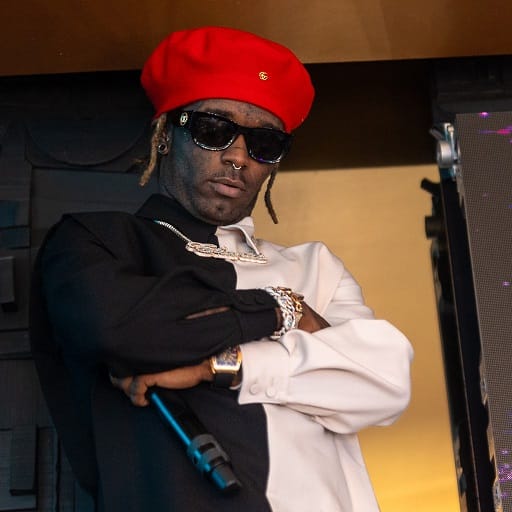Listeners:
Top listeners:
-
play_arrow
Radio 854 (USA)
-
play_arrow
Radio 854 (EU)
-
play_arrow
Radio 854 Gold
-
 play_arrow
play_arrowTop Techno Podcast Yana Bolder
What Made Madonna’s 1995 Such a Fascinating Transition Year in Her Pop Stardom?

 By the mid-90s, Madonna was already a pop culture juggernaut, known not only for her chart-topping hits but also her fearless reinventions. However, 1995 stands out as one of the most intriguing years in her career—marking a significant turning point from the scandal-laden, boundary-pushing Madonna of the early ’90s to a more introspective, mature artist preparing for her next creative chapter.
By the mid-90s, Madonna was already a pop culture juggernaut, known not only for her chart-topping hits but also her fearless reinventions. However, 1995 stands out as one of the most intriguing years in her career—marking a significant turning point from the scandal-laden, boundary-pushing Madonna of the early ’90s to a more introspective, mature artist preparing for her next creative chapter.
Post-Erotica and the Need to Pivot
Coming off the controversial one-two punch of Erotica (1992) and her explicit Sex book, Madonna found herself facing both critical backlash and media fatigue. While Erotica did well commercially, it didn’t hit the cultural highs of her earlier albums. By 1995, she was acutely aware of the shifting musical landscape, the arrival of grunge, alternative rock, and hip hop dominating charts, and the waning patience of the public for her overt provocation.
This year became a moment of reassessment. Madonna knew she had to evolve yet again—not through shock value, but substance.
The Something to Remember Album: A Softer, Reflective Madonna
The clearest evidence of this transition came with the release of Something to Remember in November 1995. A compilation of ballads, the album strategically distanced her from the overt sexuality that had dominated her early ’90s image. Tracks like “Take a Bow” (which had already become her longest-running Billboard No. 1 in early 1995) and the new song “You’ll See” showcased a more vulnerable, vocally refined Madonna.
Rather than serving just as a greatest hits package, Something to Remember felt like an intentional palate cleanser—reintroducing Madonna to audiences as a serious vocalist and songwriter, capable of emotional depth beyond dance-floor anthems.
Personal Growth: Spirituality & Self-Reflection
Behind the scenes, Madonna was also undergoing significant personal transformation. 1995 was the year she deepened her study of Kabbalah and explored other spiritual paths, reflecting a broader search for meaning beyond fame. This spiritual curiosity would soon inform her creative output, particularly in her 1998 magnum opus Ray of Light.
Her personal life also took a more grounded turn—away from the highly publicized relationships and tabloid controversies of the early ’90s. The death of her mother at a young age, combined with the challenges of fame, appeared to catch up to her emotionally during this period, prompting a quieter, more introspective phase.
Acting Aspirations: Stepping into Evita
Another crucial pivot point in 1995 was Madonna’s preparation for her role as Eva Perón in the film adaptation of Andrew Lloyd Webber’s Evita. She spent the year campaigning heavily for the part, aware that landing the role could reshape how critics viewed her acting skills. Winning the role not only signified professional validation but also demanded a more serious commitment—training her voice for a more theatrical, operatic performance style.
This commitment to Evita would culminate in a Golden Globe win and set the stage for one of her strongest critical comebacks.
Conclusion: The Calm Before Reinvention
In retrospect, 1995 was not a year of massive reinvention, but rather a fascinating pause—a moment where Madonna recalibrated. She shed layers of controversy, explored personal and artistic growth, and laid the groundwork for the spiritual, mature Madonna that would emerge by the end of the decade.
Her ability to recognize when to pivot, soften, and evolve without completely abandoning her core identity is what made this transitional year so pivotal—and what continued to cement her as one of pop’s most enduring icons.
![]() Newsdesk
Newsdesk
Written by: Alex
Similar posts

TOP CATEGORY
FEATURED CHART
-
 play_arrow
play_arrowluther Kendrick Lamar & SZA
-
-
 play_arrow
play_arrowNOKIA Drake
-











Post comments (0)